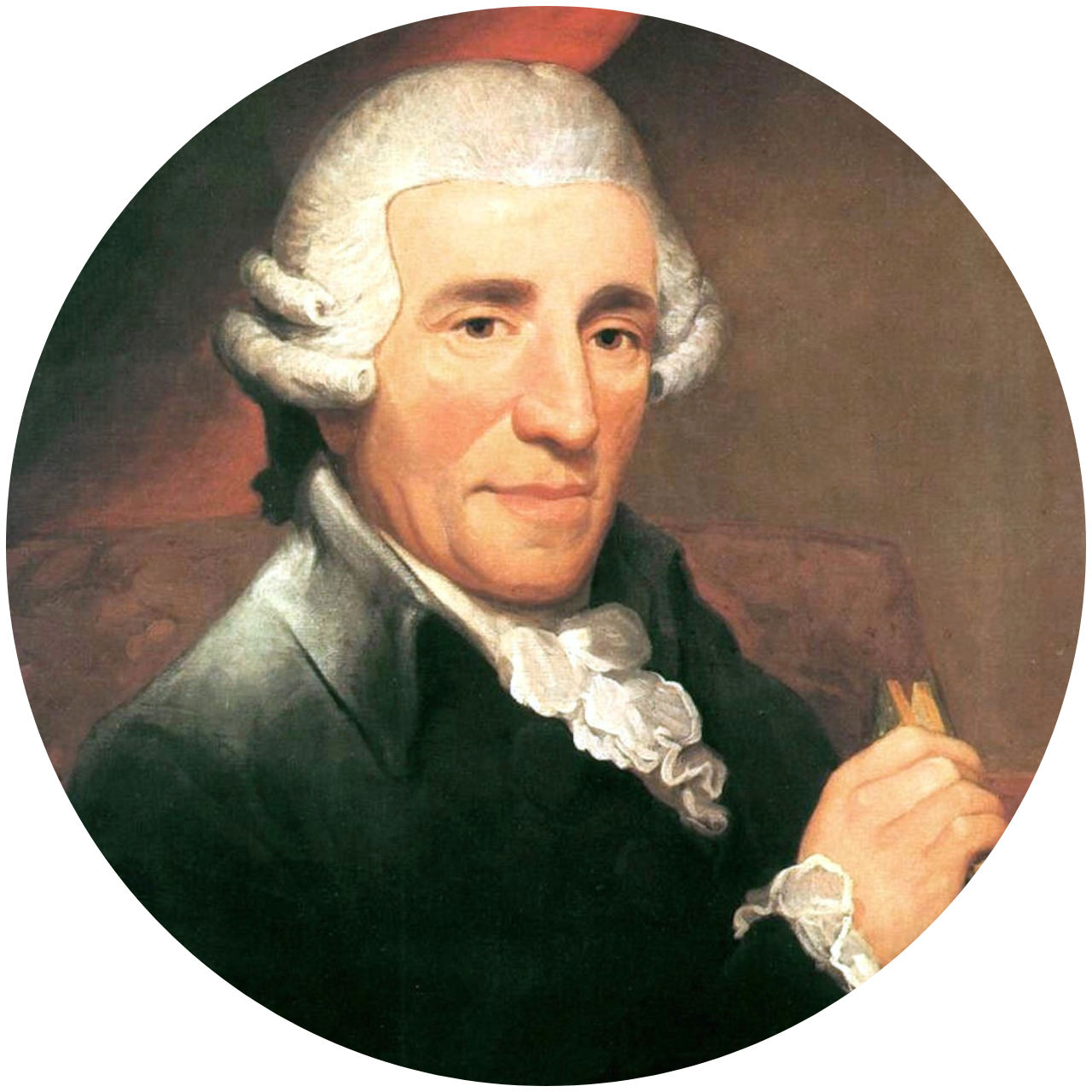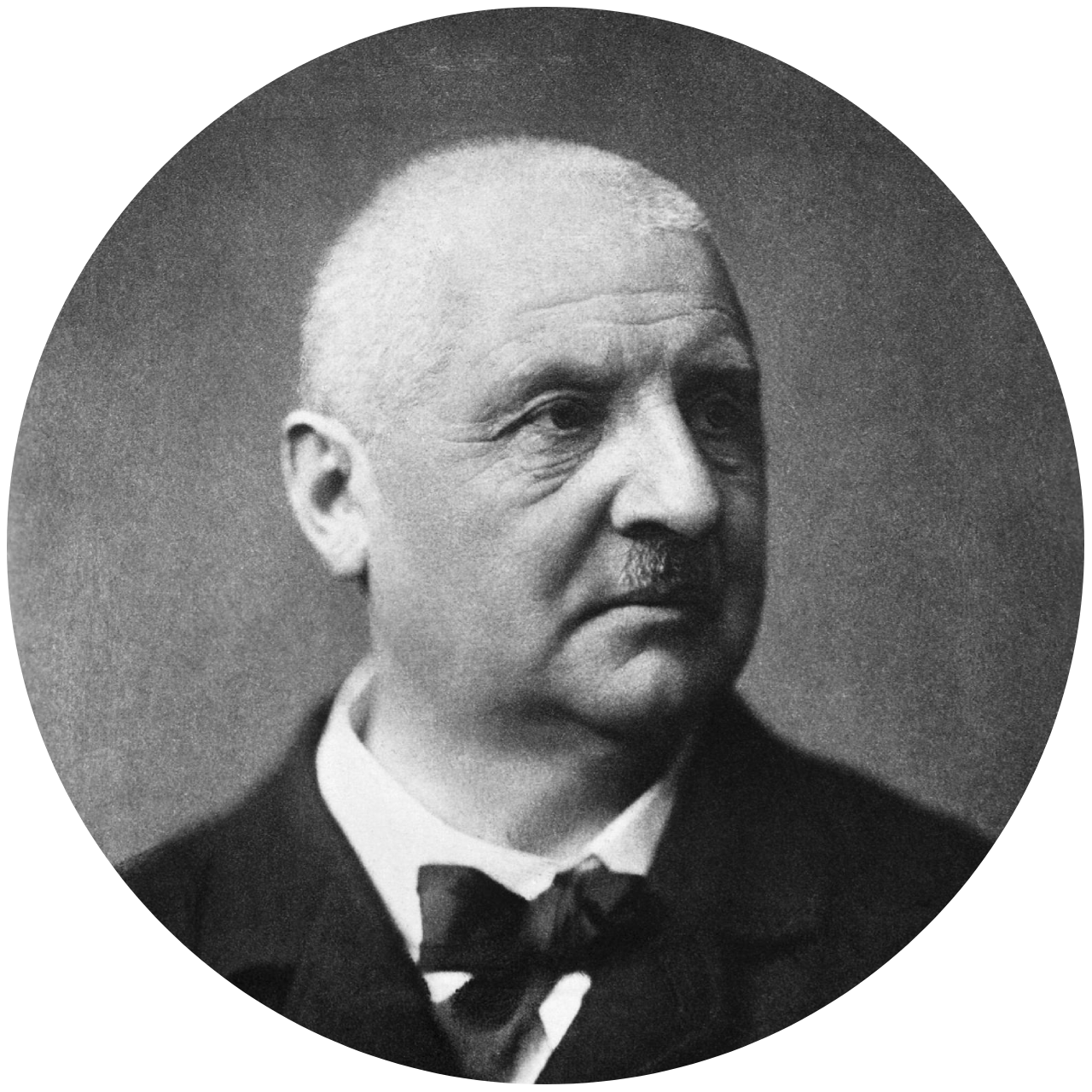 Franz Joseph Haydn | Symphony No. 95 in C Minor
Franz Joseph Haydn | Symphony No. 95 in C Minor
What kind of piece is this?
This piece is a Symphony: a piece written for orchestra, usually with four movements. One movement is typically in sonata form. The four movements are like chapters in a book. The music within the movements makes up the story.
What movement do you think is in sonata form?
When Was it Written?
The piece was written in 1791 on Haydn’s first trip to London. He wrote twelve symphonies during his time in England, an 18-month period where he met with many famous musicians and had his music heard by a brand new audience.
What is it About?
This piece is about whatever the listener wants it to be about. This is called absolute music. Absolute music is music that was written with no story; it was not written about anything. Absolute music is music that the audience can interpret in any way that they want. Can you try and make a movie in your mind to this piece?
Franz Joseph Haydn
born March 31 1732 in Austria, died May 1808
Joseph Haydn’s musical talents showed themselves at a very early age. When he was just six years old, he went to live with another family so that he could study music. Haydn ended up on the streets as an older teenager, and soon taught himself music theory and composition. Hayden started getting recognized as he released more compositions, and soon he got a job as a music director for a small, but important, orchestra. Soon after, he started composing amazing pieces that were recognized all over London.
Haydn’s work was very important in developing sonata form. Haydn’s music is also known for being humorous. Are there any parts of this piece that sound funny or mischievous? You may hear this humor in the form of very loud and sudden notes. Haydn also liked to use false endings. One song that is popular for false endings is his Surprise Symphony, which was composed just before this piece. In the music, you may hear a moment that sounds like the end of the piece, maybe a longer pause, but then the music continues! Just when you think it is over. Did you hear this?

Haydn started writing in what is more known as his style in 1790. His style uses his humor, folk material, and careful attention to theme. Folk material is characterized as pieces of music from other cultures or from the past that is added into new music. He paid a lot of attention to where he should place things, like folk material, in his music.
 Anton Bruckner | Symphony No. 6 in A Major
Anton Bruckner | Symphony No. 6 in A Major
What kind of piece is this?
Symphony No.6 is a symphony written in four movements. A symphony is an orchestra. All of the movements except the second one are in ternary form. Ternary form is a way of writing music that starts with one musical idea, moves to another, and then comes back to the beginning. It is like a pattern in the music.
When was it written?
This piece was written between 1879 and 1881.
What is it about?
This piece was written for Bruckner’s landlord. It is also a response to Symphonies No. 4 and 5. While Bruckner believes that this piece is his boldest, many do not feel the same. This piece was never very popular, and people are critical of it.

 About the composer
About the composer
Anton Bruckner was the eldest of 11 children in his home in Austria. Bruckner’s father was a schoolmaster, but his family did not make much money. Bruckner learned how to play the organ at a young age, and he ended up in a school with a musical headmaster. His headmaster helped him improve his skills on organ. Bruckner soon became a teachers assistant at the age of 17, but he did not teach music. AT the age of 19, he got a new job as a teaching assistant that involved music. Bruckner eventually became an organist and a teacher, and then started composing music at age 37.
Bruckner’s music
Anton Bruckner was not very known until he started writing his symphonies in a major key. A major key is one that may sound more uplifting, happy, and/or bright. Symphony number 6 is one of his early major key pieces, and it led to him writing major key pieces for big orchestras for an entire decade, or about 10 years. Bruckner did not change his formal pattern of writing music very much at all the entire time he wrote music. Some composers like to change their writing style a lot.

